 As my regular reader(s) know(s), I like to close out every year with a list of my top 5 albums. And usually every year around July I start thinking about how the year has crossed the halfway mark and I start looking at the albums I’ve amassed thus far in the year. I don’t always write about it, but I do always think about it.
As my regular reader(s) know(s), I like to close out every year with a list of my top 5 albums. And usually every year around July I start thinking about how the year has crossed the halfway mark and I start looking at the albums I’ve amassed thus far in the year. I don’t always write about it, but I do always think about it.
In the spirit of openness (or, more accurately, in the spirit of assuming you care), here’s a list of the new music I’ve acquired thus far in 2010, possible candidates for the top 5 list I’ll eventually write in December or so.
Absinthe and the Dirty Floors: Side 1
Since this is an EP, it’s not really in contention for the top 5 albums, but it’s such a fun, energetic EP that it is at least worth mentioning. It’s also a nod to the multi-talented Joshua Wentz, who’s been known to show up in the comments here from time to time. (Learn more at the band’s website.)
The Bird and the Bee: Interpreting the Masters, Volume 1: A Tribute to Daryl Hall and John Oates
This is a strange album. I love The Bird and the Bee, almost as much as I love Hall and Oates. I grew up with these songs. And yet, I’m strangely dissatisfied with this album; the “interpretations” are neither terribly original nor terribly strong compared to the originals. And yet (again), even though I’m strangely dissatisfied with the album, I’m also strangely compelled by it. In a year of strong releases from a number of creative artists, this disappointing, halfhearted effort from one of my favorites is still enjoyable and has been on heavy rotation on my computer, my iPhone, and in my car.
Broken Bells: Broken Bells
Take one member of The Shins and one of Gnarls Barkley — two bands I generally dislike — and put them together, and strangely, you get a band I really do like. Maybe it’s just that I don’t like the other members of these bands, but it’s probably just that these guys are trying something new. Whatever the case, it’s worth checking out.
Coheed and Cambria: Year of the Black Rainbow
I was really enthralled with Coheed and Cambria when I first discovered them in 2005, but with each subsequent album their schtick has seemed more contrived and pointless. This album, while on par with their previous work, is mostly an unenjoyable slog. Still, I wouldn’t pass up the opportunity to catch the band live this summer on a double bill with Porcupine Tree… but mainly for Porcupine Tree. (Unfortunately, I’ll have to pass up the opportunity, since the closest they’re coming to here is… Grand Rapids, Michigan?! What?!?!)
Field Music: Field Music (Measure)
The members of the band don’t see it themselves, but I’ve always thought Field Music sounds more than a little bit like Gentle Giant, and that definitely continues with this latest album. Like Gentle Giant, this music is probably an… erm… acquired taste, but it’s worth giving a chance.
Gorillaz: Plastic Beach
Much has been made of this “band” since they first appeared on the scene a few years ago. It’s a weird concept, and in the past I didn’t really enjoy it much, but this album really grabbed my attention. It kind of drifts off course in the middle (around the time Lou Reed appears), but overall it’s highly original, frequently weird, and generally satisfying.
MGMT: Congratulations
Here’s another band that’s been popular for a few years but that I’ve never been able to get into before now. I’m still not enjoying this album as much as I feel like I should (or, want to), but it’s cool. I hate the cover art though.
Pat Metheny: Orchestrion
If you don’t know anything about Pat Metheny’s Orchestrion project, stop reading this and watch this video right now!
Porcupine Tree: Anesthetize and Atlanta
I’ve been a huge PT fan for over a decade now, and they have yet to let me down. These stellar live performances from 2008 are absolutely worth seeking out. Anesthetize is the big release: a DVD/CD combo featuring a performance of their 2007 studio album Fear of a Blank Planet in its entirety. Atlanta is available as a download on their website, and was originally planned as a live album, but was eventually considered superfluous when the opportunity to film Anesthetize in the Netherlands presented itself.
Room 34: 66 and 222
Yes, a little self-promotion never hurt anyone. I recorded 66 in January and 222 in February. 66 is a 21-minute prog rock suite depicting a voyage along historic US Route 66 from Chicago to Los Angeles, and is probably my most cohesive and well-executed project to date. 222 is an 8-1/2 minute experimental free-form improv on 6 instruments, with the 6 instrumental tracks organized into different permutations, resulting in 8 different “pieces” on the album all constructed from the same performances. I am contemplating producing a third prog-ish piece in the 8- to 10-minute range, and releasing the 66 suite, “All Together Now” (the final track from 222 that includes all 6 instrument parts), and this third piece, as a full-length album structured like the Yes classics Close to the Edge and Relayer, entitled 3. We’ll see if that happens. In the meantime, you can download both 66 and 222 for free at my music website.
Rush: Caravan/BU2B
The resurgence of Rush in the last few years is exciting for any long-time fans (like myself). Snakes and Arrows was arguably the band’s best album in over 20 years, and based on the strength of these two tracks, next year’s Clockwork Angels promises to carry on in the same vein.
The Seven Fields of Aphelion: Periphery
I’m not even entirely sure how I discovered this album, but it’s great mellow/ambient music for background listening.
Sharon Jones & the Dap-Kings: I Learned the Hard Way
No, this album was not recorded in 1967, but you’d never know from how it sounds. The Daptone label specializes in recording with vintage equipment to capture a classic ’60s R&B sound that simply cannot be duplicated with modern equipment. Forget digital, even solid state analog equipment loses the warmth, the soul, that is the essence of this music. Highly recommended.
Sleepy Sun: Fever
Here’s another album where I can’t really remember how I discovered it, but I really like it. This music, too, is dripping with a ’60s essence, but this time it’s the trippy, acid-fueled explorations of the San Francisco Bay Area. At times dreamy and ethereal, at times raw and harsh, always eerily engaging.
Spoon: Transference
If I remember correctly, this was the first new album I purchased in 2010, and it was a good start to the year. Spoon, like Fujiya & Miyagi or The Mooney Suzuki, is at least nominally influenced by the legendary ’70s German band Can. While I have yet to hear a Can-influenced band that can touch the mind-blowingly original, minimalist rock sound of Can, Spoon’s music manages to evoke a similar spirit, despite its more accessible, straightforward approach.
 As I’ve mentioned before, my CMS, cms34, is built on the CakePHP framework. I love CakePHP, but it’s not perfect.
As I’ve mentioned before, my CMS, cms34, is built on the CakePHP framework. I love CakePHP, but it’s not perfect.


 As my regular reader(s) know(s), I like to close out every year with a list of my
As my regular reader(s) know(s), I like to close out every year with a list of my 